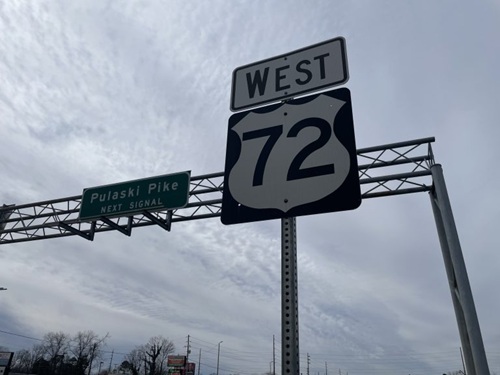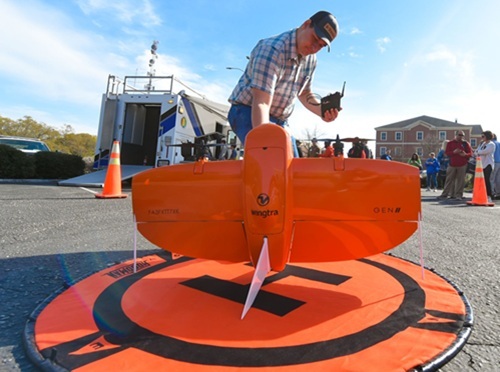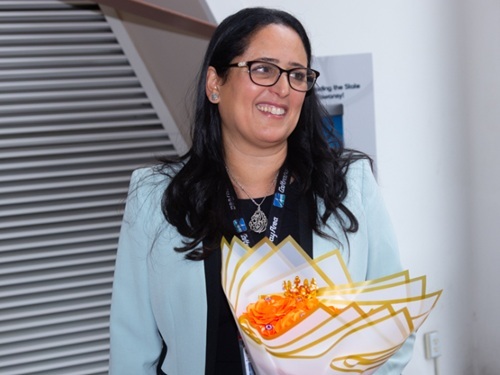The Alabama Department of Transportation (ALDOT) recently hosted a “Peer Exchange” in Mobile focused on Unmanned Aerial Systems or UAS – commonly called drones.
[Above photo by ALDOT]
That meeting – entitled “Strategic Evolution & Future Sustainable Growth” – brought together UAS professionals from state transportation agencies across the Southeastern U.S. as well as Puerto Rico.
The exchange allowed participants to share insights, discuss best practices, and explore UAS technology’s future in transportation. From operational strategies to emerging innovations, attendees engaged in meaningful discussions that will help shape the trajectory of UAS programs, ALDOT said.

[Editor’s note: In a separate technology-focused endeavor, ALDOT recently formalized an agreement with the City of Huntsville to provide the agency with access to traffic signals at more than three dozen intersections on federal and state roads via its Regional Traffic Operations Program or RTOP. That agreement helps both ALDOT and the city use Intelligent Transportation Systems to improve intersection safety and efficiency.]
ALDOT said this event was made possible by the Federal Highway Administration and other industry leaders who provided their expertise and resources.
Their participation underscored the growing importance of UAS technology in enhancing efficiency, safety and sustainability within the transportation sector, explained J. D. D’Arville, administrator for ALDOT’s UAS program, which has been in existence since 2016.

“Hosting this peer exchange in Mobile was a privilege and we are grateful for the collaboration that each agency brought to the table,” he noted in a statement.
“By working together, we can drive innovation and ensure the sustainable growth that benefits our communities and transportation infrastructure,” he said.
Attendees explored drone technology advancements, regulatory updates and UAS applications for infrastructure inspection, traffic monitoring and emergency response. The exchange of knowledge and expertise reinforced the commitment of each agency to leverage UAS capabilities “for the greater good,” ALDOT explained.
State departments of transportation across the country are using drones in a wide range of roles.
For example, in June 2024 Arizona Department of Transportation technicians started using drones to look for cracks, leaks, worn parts or other problems within highway pump stations. The agency noted that aerial drones let its crews examine areas that are difficult for them to access, including upper sections of pipes that lift stormwater from a pump station’s storage well.
Meanwhile, a Washington State Department of Transportation Tacoma-area maintenance crew is working with drone technology that can remove graffiti from hard-to-reach places; applying paint from aerial positions to cover graffiti on bridge abutments and other types of transportation-related infrastructure.
And in February 2024, several state agencies in Alaska – including the Alaska Department of Transportation & Public Facilities – field tested a drone-based avalanche mitigation system; a package that uses aerial drones to place and then remotely trigger explosives to create controlled avalanches in order to protect transportation infrastructure.
 States
States
Dina El-Tawansy Appointed Director of Caltrans
July 11, 2025 States
States

